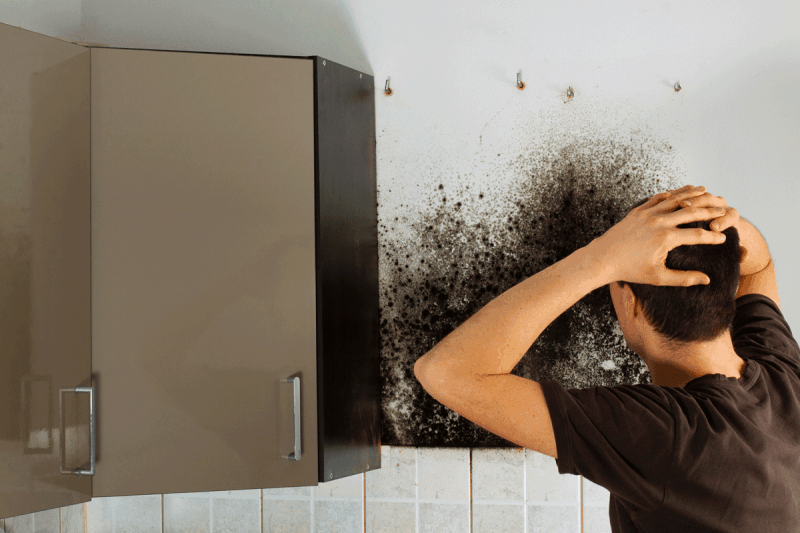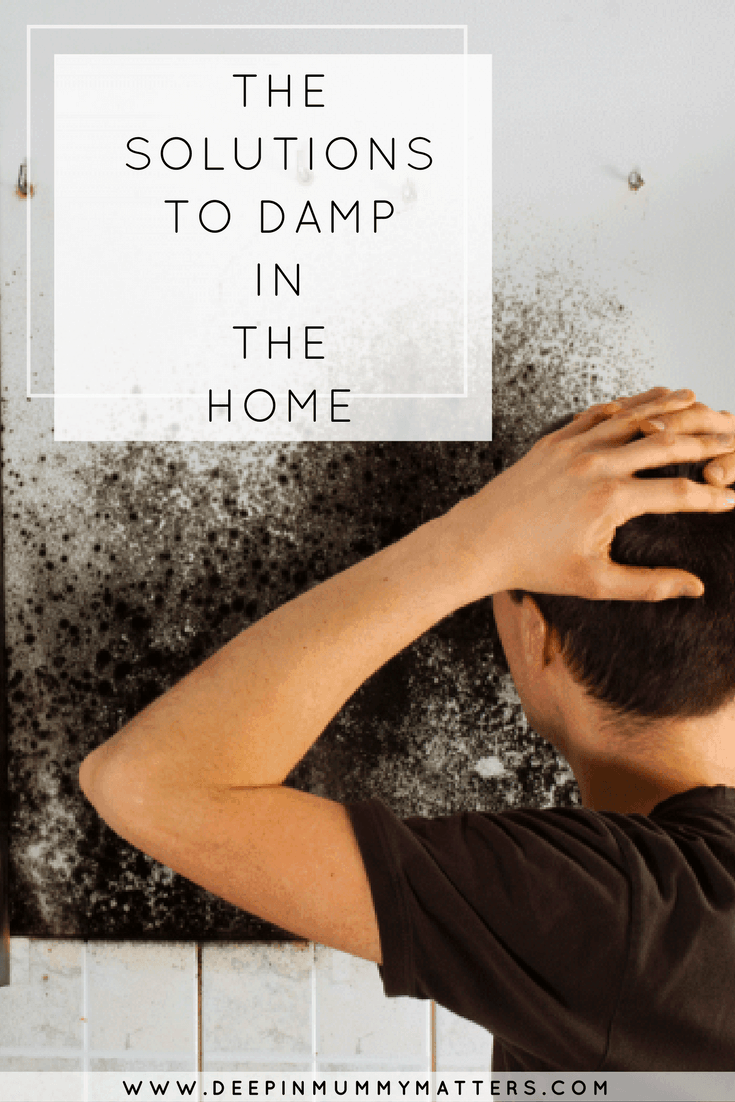Damp is one of the most problematic discoveries for a homeowner. It both visibly damaged plaster, wallpaper, and joinery and caused more sinister hidden problems. Damp can make a room feel cold and unpleasant, as well as be unhealthy to live in. Once damp gets a grip, it can cause serious structural issues if it isn’t dealt with.
The best thing that you can do if you discover damp is to treat it early to reduce the cost of treatments and minimise the severity of its causes. The best way to establish the extent of the problem is to get a survey done by a trusted and experienced damp proof expert who will use a damp meter to measure surface dampness. Here are some solutions to problems that your damp expert might uncover.
Lateral penetrating damp

Let’s start with the bad news. If your home is diagnosed with having lateral penetrating damp, then this is a significant problem. This type of dampness affects your walls’ internal surfaces and is caused by hydrostatic pressure, which forces dampness through the wall. It can be very damaging and potentially costly because it requires more than a simple damp-proof course.
To treat lateral penetrating dampness, you will require a special waterproof system called ‘tanking’ or cavity drain membrane (CDM). To have a wall tanked, damp wall plaster will be removed, and a waterproof system applied. CDM uses high-density polyethylene (HDPE), which is fixed into place to create a membrane. The water behind the membrane is then diverted away from the wall to a more appropriate drainage point. To complete the job, the wall is dry-lined or plastered.
Rising Damp
Most people are familiar with the concept of rising dampness. This is damp, which rises through bricks and plaster and can be identified by peeling wallpaper at the bottom of walls or damaged plaster, which is damp and cold to the touch. If rising damp is found in your home, it needs to be dealt with quickly to stop the damp in its tracks. Treatment involves removing the damp plaster and a new damp proof course, which involves injecting a special solution into the base of the wall and then having the walls re-plastered. As seen at https://dampsurveyorsltd.com/, hiring experienced dam surveyors to inspect your home and carry out the necessary treatments is crucial in effectively tackling rising dampness. Not only does this help prevent further structural damage, but it also ensures the safety and health of your household.
Condensation
Condensation occurs when warm, moist air comes into contact with cold walls or windows. This is a common problem in bathrooms and is worse during spells of cold weather. It can produce black spot mould fungus, which is harmful to both the property and its inhabitants’ health. Good ways of identifying condensation problems are if you have misted windows or black/green mould. This can be controlled with improved ventilation and temperature balance. You may also wish to consider insulating cold walls using extractor fans, vents or a condensation control unit.
Rain penetration and water damage
Rain can get into properties via leaky roofs and poor maintenance of pointing and rendering. You may notice damp spots on the walls. The longer the problem is ignored, the more likely it is that rain will get in and the higher the chance of damage. The best way to tackle this problem is to repair the defects that are allowing the rain to get inside.
Water damage other than rain can include leaks from plumbing, appliances or even a flood. Suppose a large amount of water may need pumping out before it causes wet carpets, stains, swollen units, and even ceiling collapse. If the water damage is significant, the wet plaster might need to be removed. You will certainly need a dehumidifier and fans to dry it out.
If in doubt, it is always best to get the professionals in. A sub-standard job can cost you more money in the long run.


